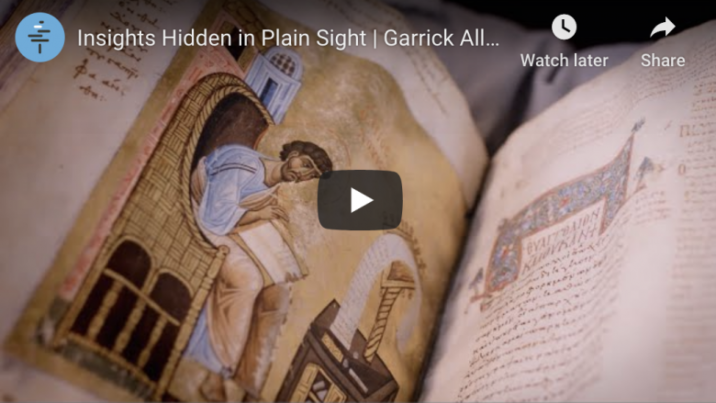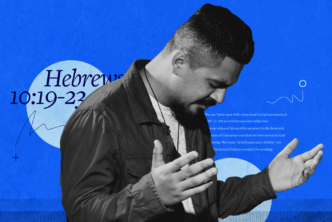The evidence we have for the New Testament in the form of manuscripts, copied from the second straight through to the nineteenth century, is an embarrassment of riches.
Scholars have long used the many thousands of manuscripts in Greek, Latin, Coptic, and other languages to reconstruct an “original” or other early form of the text, to trace the history of particular New Testament texts in particular historical contexts, to see the traces of human activity within the New Testament’s tradition, and to better understand the book technologies that have brought us the New Testament as we now experience, whether in print or digital forms. There continues to be much to do with the manuscripts along these more traditional lines.
In my project Paratextual Understanding, we are trying to think about New Testament manuscripts in a new context. What happens when we view manuscripts not simply as arbiters of a text, but as complex works of art that contain literary works, sometimes figurative and non-figurative artworks, and a high level of craftsmanship?
This question places manuscripts within a larger conversation on art called aesthetic cognitivism – the idea that artworks of all kinds can yield knowledge and understanding, and that their ability to do so is one way that we can evaluate art.

Conversations on aesthetic cognitivism usually revolve around literature and the plastic arts, but manuscripts, including manuscripts of the New Testament, are potentially valuable pieces of evidence for this discussion due to the complexity of communication in manuscript cultures.
Paratextual Understanding focuses on one such set of features common to all literature – the paratext, all items in a manuscript or book beyond the main text itself. Paratexts include features like page numbers, titles of all kinds, prefaces, epilogues, commentary, segmentation, and also sometimes material features like page layout, material design, and patterns of use.
To this end, we are digital editing and analysing the paratexts of a complex twelfth century deluxe Byzantine Gospel manuscript held at the Chester Beatty in Dublin (CBL W 139), a manuscript that preserves nearly every possible paratext for the Gospels in its context. We are interested to map and explore the ways that paratext mediate the text of the Gospels and its meaning to readers and to begin to form hypotheses about the other kinds of knowledge and understanding (propositional or otherwise) that this manuscript can transmit to people who read it.
See more in this video:
Garrick V. Allen is a Research Fellow at the Institut für Septuaginta und biblische Textforschung, Kirchliche Hochschule Wuppertal/Bethel





